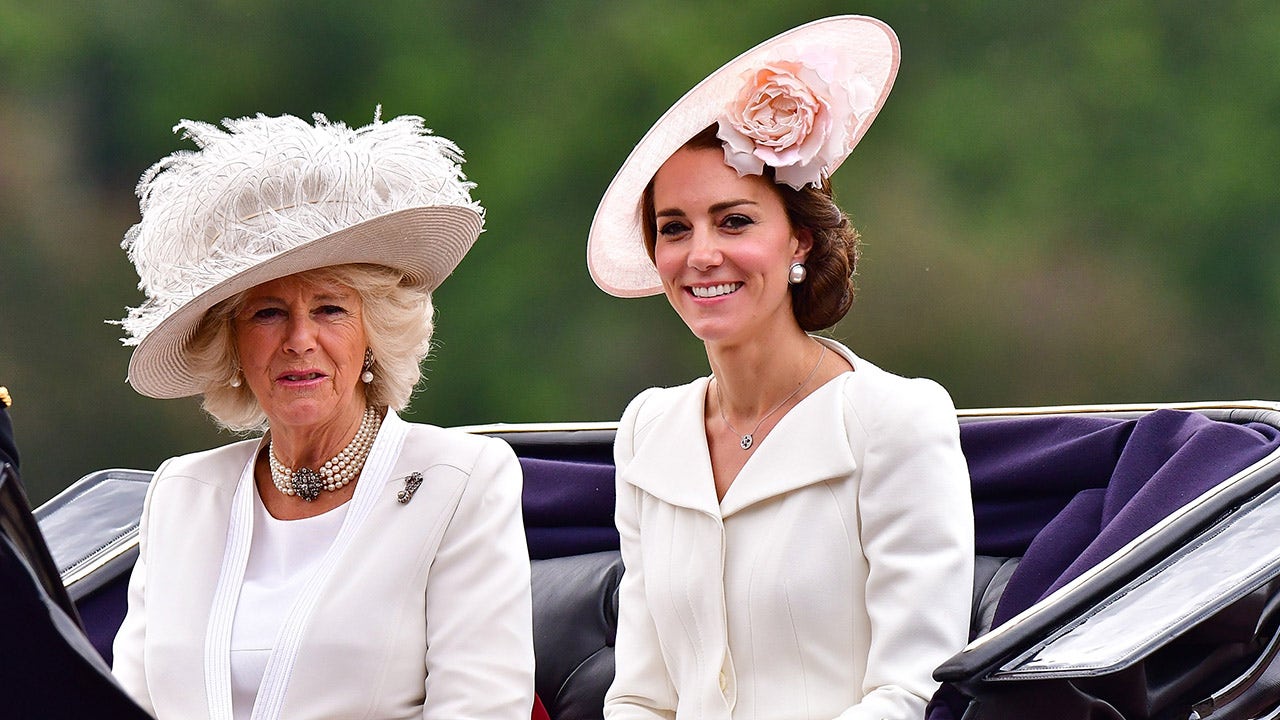There's a chill behind palace doors, and it's not just from the London rain. As King Charles continues his treatment for cancer, royal life has quietly shifted into uncharted territory. While the king remains head of state, those closest to him say he's no longer driving the day-to-day decisions of the monarchy. His subtle absence is deeply felt, leading to quieter meetings and postponed engagements. This vacuum of leadership has sparked what insiders now call a crisis of confidence inside the royal household. With the king out of action, the spotlight naturally moves to Queen Camilla, his longtime companion and now consort. However, the public simply isn't buying it. Despite taking on more responsibilities, Camilla's public image remains divided, and her presence feels like a reminder of a painful past.

Behind the scenes, aides and advisers are in quiet panic. The future of the monarchy can't just be managed; it must be re-imagined. Britain is no longer a place where tradition alone holds power. The royal brand needs to connect emotionally, not just ceremonially. This is where a powerful shift is happening: Catherine, Princess of Wales, is no longer seen as just the next Queen Consort; she is becoming the unofficial face of the monarchy. Even in her absence due to illness, the public's loyalty to Catherine has only grown stronger. Her silence spoke volumes, and her dignity remains unmatched. Within royal circles, her name has become central to every strategic conversation. As one palace insider put it, "We're not in the Diana era anymore, but people still want that warmth, that elegance, and Catherine delivers it without drama."
As Charles focuses on his health, and Camilla struggles to capture the mood of the nation, Catherine's quiet strength has become impossible to ignore. She embodies unity, respect, and love from the people, making her the true leader of the crown's future. The public's heart lies with Catherine, who is viewed as their queen in everything but title. Across every poll, in every headline, and on every social platform, one message dominates: the public trusts Catherine. They admire her resilience, poise, and unwavering sense of duty. Even as she stepped back from public view to recover from a serious illness, her absence was more powerful than many other royals' presence. When she returned, the reaction was overwhelming—tears, applause, and a flood of emotional support across the country.

Catherine is often seen as the emotional heir to Princess Diana, not because she imitates her, but because she channels the same warmth, sincerity, and sense of mission. She feels like a modern royal who understands the real world—a mother, a daughter, a woman who faces challenges but keeps showing up with grace. Meanwhile, Camilla's popularity has hit a ceiling. Despite years of public service, she has never fully connected with the public on a deeper level. Her image remains formal and distant, lacking the emotional warmth that Catherine naturally bridges. In a monarchy built on perception, public loyalty is everything, and right now, the crown's future is being shaped by emotional truth.
For years, Camilla worked to transform her image from the most controversial woman in royal history to queen consort. However, her rise was marked more by tolerance than triumph. The public simply didn't object loud enough, and now, in this fragile moment, that compromise feels shaky. When Camilla stands next to Catherine, the difference in public response is striking. Catherine draws admiration and emotion, while Camilla fades into the background. The monarchy cannot afford a placeholder; they need someone the world can believe in, someone who reflects not just tradition but transformation.

